Travel Guide
Everything you need to know for a memorable trip to the City of Light.
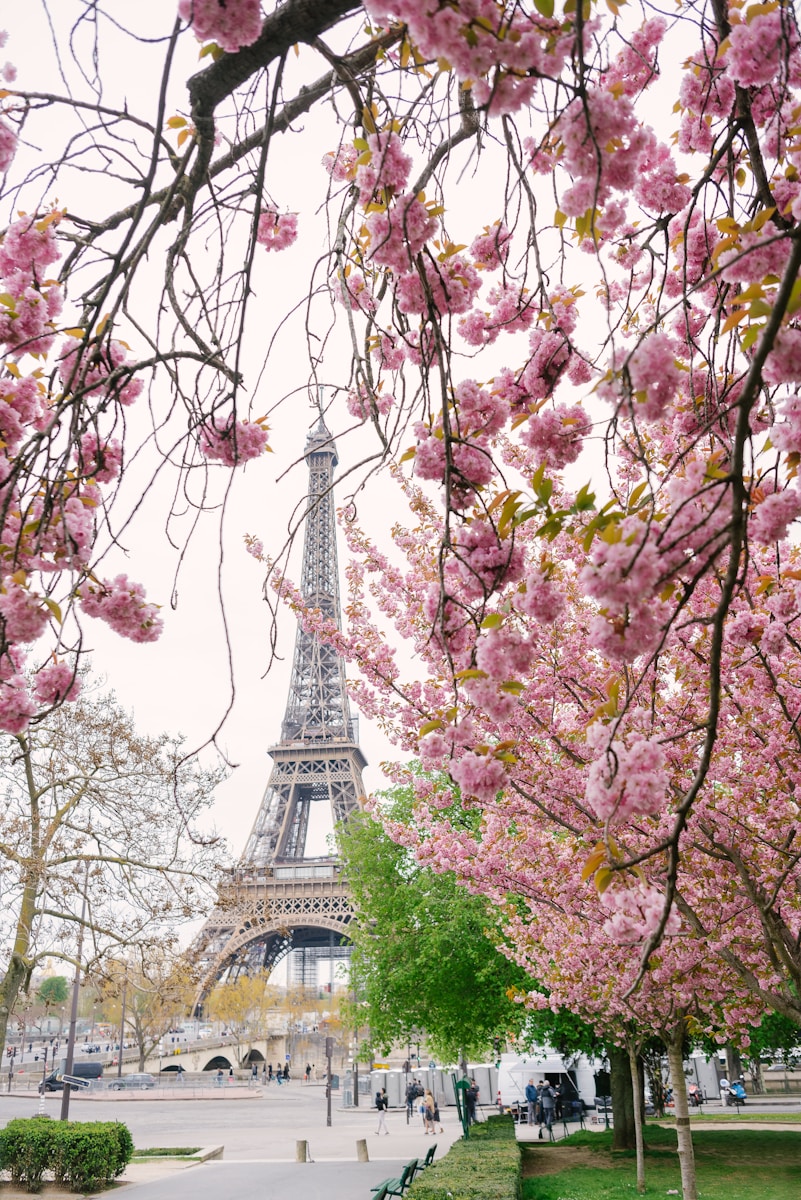
Best Time to Visit
Paris is beautiful year-round, but each season offers a unique experience:
Spring (April to June)
Arguably the most romantic time to visit Paris. Enjoy mild temperatures, blooming gardens, and fewer crowds than summer. Perfect for outdoor cafés and strolling along the Seine.
Summer (July to August)
The peak tourist season brings warm weather, longer days, and outdoor events like Paris Plages (temporary beaches along the Seine). Expect larger crowds and higher prices.
Fall (September to November)
A magical time as the city’s parks transform with autumn colors. Fewer tourists, comfortable temperatures, and cultural events make this a fantastic time to visit.
Winter (December to March)
Experience a quieter Paris with festive Christmas markets and decorations in December. January and February are the coldest months but offer the lowest prices and shortest lines at attractions.
Getting to Paris
By Air
Paris is served by two main airports:
- Charles de Gaulle Airport (CDG) – The largest international airport, located 23 km northeast of Paris.
- Orly Airport (ORY) – Located 13 km south of Paris, handling both domestic and international flights.
By Train
High-speed trains connect Paris to major European cities:
- Eurostar from London (2.5 hours)
- Thalys from Brussels (1.5 hours) and Amsterdam (3.5 hours)
- TGV from cities throughout France and connections to other European countries
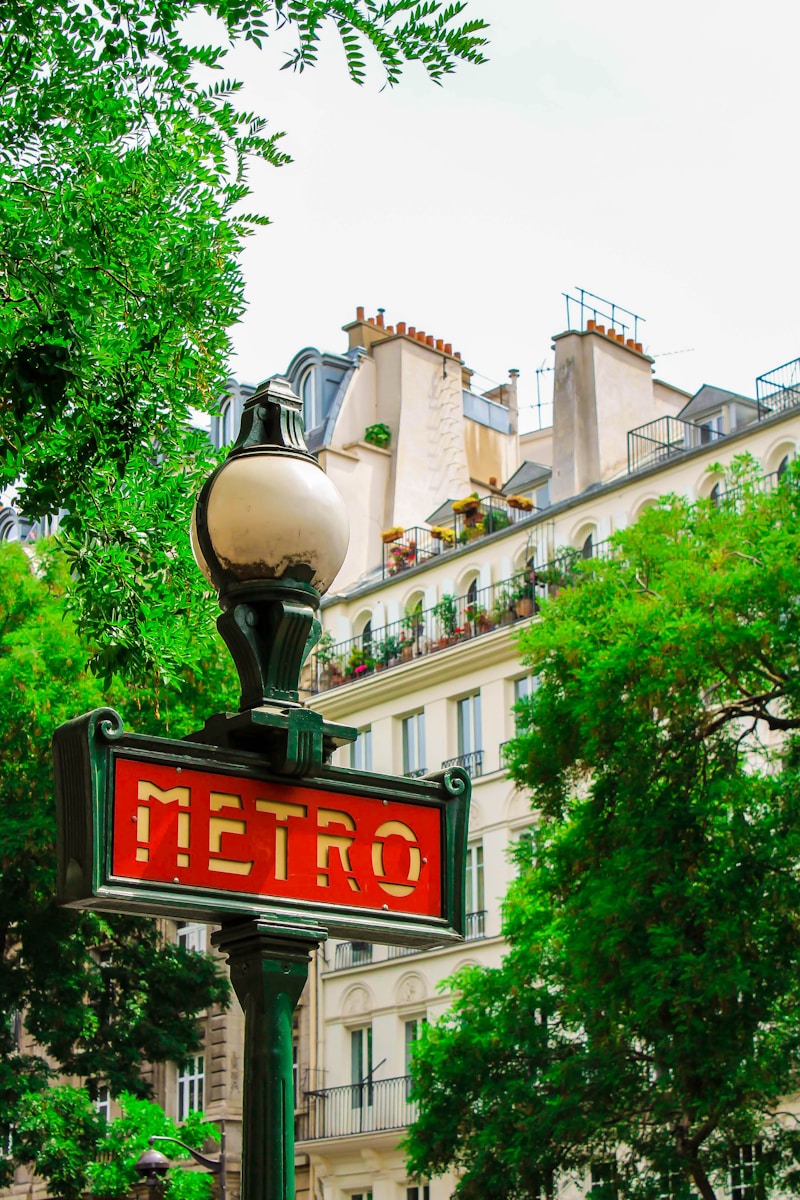
Getting Around Paris
Metro and RER
The Paris Metro is one of the most efficient ways to get around the city, with 16 lines and over 300 stations. The RER trains connect central Paris to the suburbs, including Versailles and both airports.
Buses
Buses complement the metro network and offer scenic routes through the city. Night buses (Noctilien) operate when the metro is closed.
Walking
Paris is a compact city ideal for walking. Many major attractions are within walking distance of each other, and strolling through the neighborhoods is one of the best ways to experience the city.
Vélib’ Bike Share
Paris has an extensive bike-sharing system with thousands of bikes available at hundreds of stations throughout the city. Short-term passes are available for tourists.
Where to Stay
Paris is divided into 20 arrondissements (districts), each with its own character and charm:
1st – 4th Arrondissements (The Heart of Paris)
The historic center, including Louvre, Notre-Dame, and Île de la Cité. Centrally located but more expensive. Ideal for first-time visitors who want to be close to major attractions.
5th – 6th Arrondissements (Latin Quarter & Saint-Germain)
Charming, historic neighborhoods with excellent cafés, restaurants, and bookshops. Popular with academics and intellectuals. Great for those who enjoy a lively atmosphere.
7th Arrondissement (Eiffel Tower)
Upscale residential area with the Eiffel Tower, Invalides, and Musée d’Orsay. Quieter and more spacious than the center, with excellent dining options.
18th Arrondissement (Montmartre)
Bohemian neighborhood on a hill with artistic heritage, Sacré-Cœur Basilica, and village-like atmosphere. More affordable accommodation options but be aware of steeper streets.
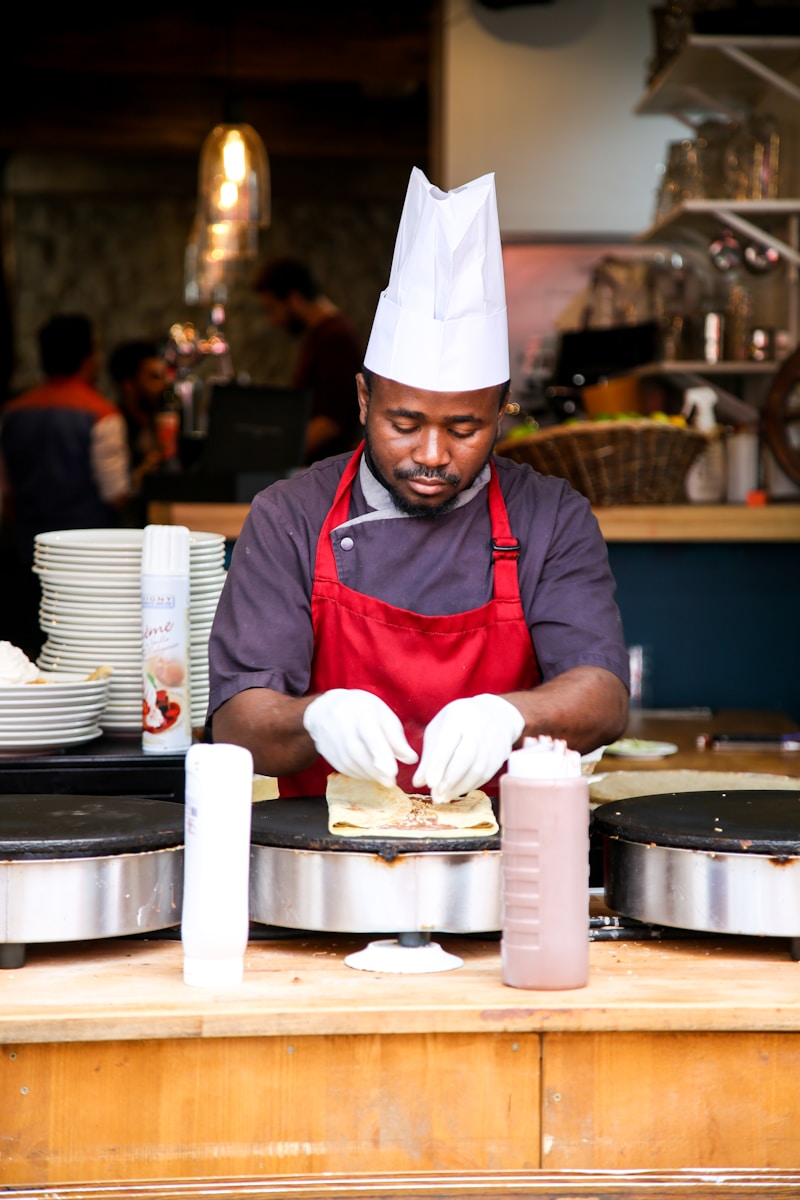
Culinary Experiences
No visit to Paris is complete without experiencing its renowned culinary scene:
Must-Try Parisian Foods
- Croissants and pain au chocolat from local bakeries
- French onion soup (soupe à l’oignon)
- Steak frites (steak with French fries)
- Coq au vin (chicken braised with wine)
- Escargots (snails) with garlic butter
- Crêpes (both sweet and savory)
- Macarons from famous patisseries like Ladurée or Pierre Hermé
Dining Tips
- Lunch is typically served from 12:00-2:00 PM
- Dinner is served from 7:30-10:30 PM (earlier dining times may indicate tourist-oriented restaurants)
- Make reservations for popular restaurants several days in advance
- A “formule” or “menu” offers a set meal at a fixed price, usually good value
- Service (tip) is typically included in the bill (“service compris”)
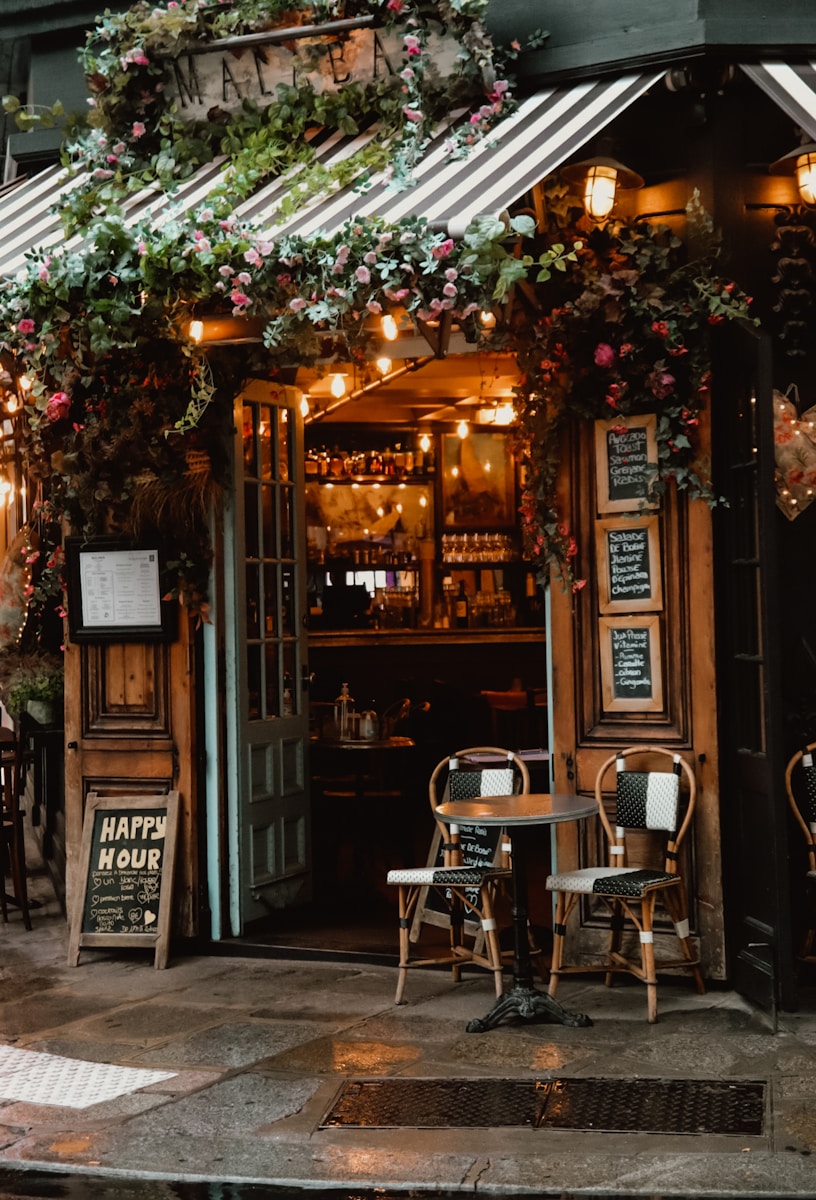
Money-Saving Tips
- •Purchase a Paris Museum Pass if you plan to visit multiple museums and monuments.
- •Consider a Navigo Découverte weekly transport pass if staying from Monday to Sunday.
- •Take advantage of free museum days – many museums are free on the first Sunday of each month.
- •Students under 26 from EU countries get free entry to many attractions (bring ID).
- •Enjoy picnics in Paris’s beautiful parks with food from local markets and bakeries.
- •Look for “menu du jour” (menu of the day) at restaurants for better value than à la carte.
- •Take advantage of happy hour specials at cafés and bars (typically 5-7 PM).
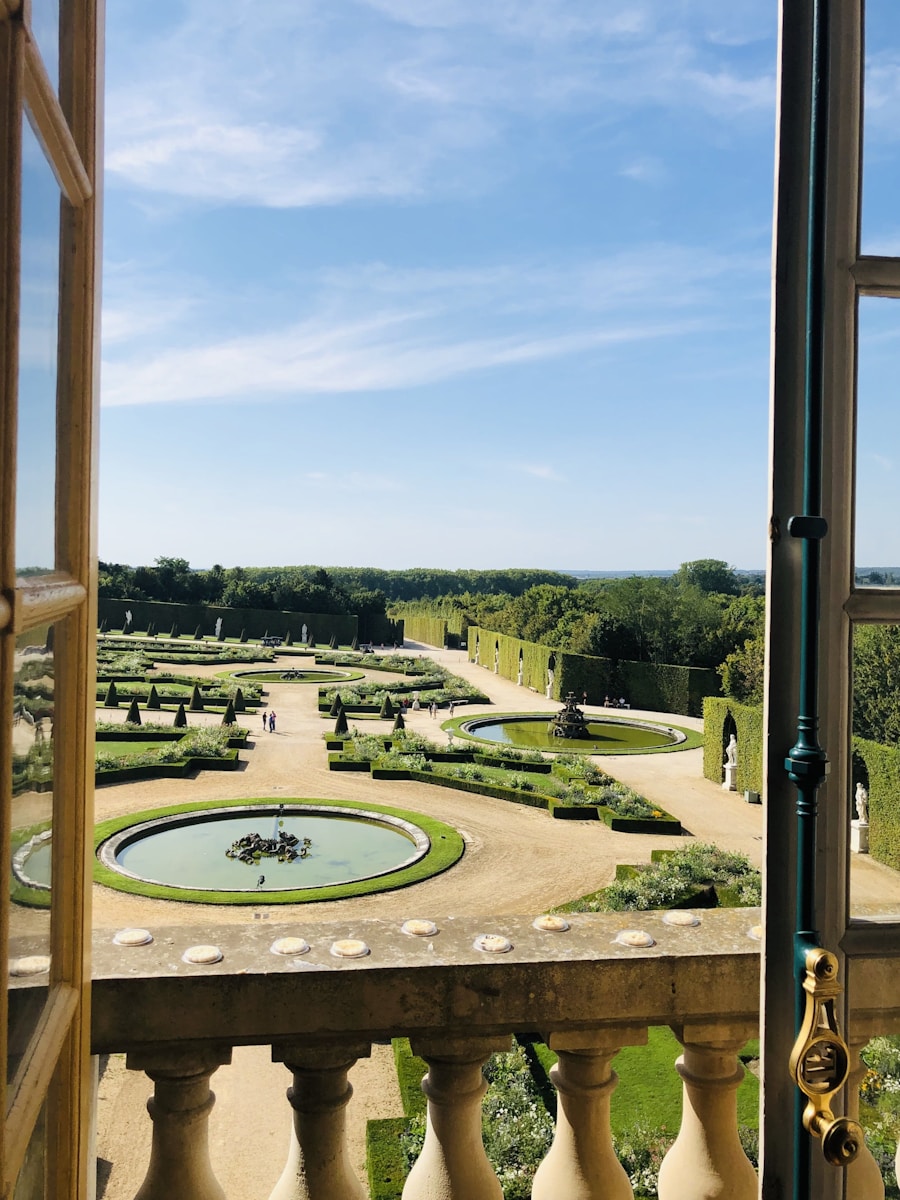
Day Trips from Paris
If you have extra time, consider these popular day trips from Paris:
Versailles
Visit the magnificent Palace of Versailles, former residence of French kings and queens. Just 45 minutes by RER C train from central Paris.
Giverny
Explore Claude Monet’s house and gardens, the inspiration for his famous Water Lilies series. About 75 minutes by train from Paris.
Chartres
Visit the UNESCO-listed Chartres Cathedral, one of the finest examples of French Gothic architecture. About 1 hour by train from Paris.
Champagne Region
Tour the famous champagne houses in Reims and Epernay. About 45 minutes by high-speed train to Reims.
Practical Information
Language
While French is the official language, many people in tourist areas speak English. Learning a few basic French phrases is appreciated by locals.
Electricity
France uses Type E sockets (220V, 50Hz). Travelers from the US and UK will need adapters.
Emergency Numbers
- European Emergency Number: 112
- Police: 17
- Fire Department/Ambulance: 18
- Medical Emergency: 15
Tourist Offices
Paris Tourist Offices and smaller information points are located throughout the city, including at major train stations and airports.

